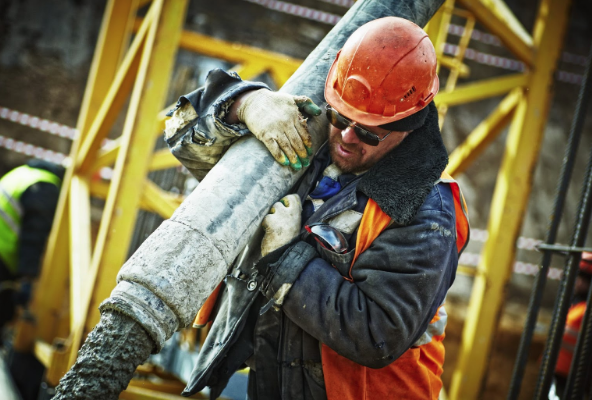
It’s general knowledge that when an employee gets injured at work, the employer has to pay for the costs of recovery and other related expenses. However, there are some issues that have to be clarified in order to ascertain what’s covered and what’s not covered by workers’ compensation benefits.
The following sections provide examples of those conditions to help you better understand what you may be entitled to if you’re injured at work.
It’s covered if the injury is caused by features within a workplace or as an employee performs their tasks
Usually, employers have insurance policies that pay workers’ compensation benefits on their behalf. Like any insurance company, these carriers are very particular with the cases that they consider eligible for their monetary benefits.
Generally, an injury is considered covered if it is caused by a feature within a workplace. For example, a worker who fell from a flight of stairs as he goes up and down handling company property might be considered eligible.
Similarly, a woodworker who accidentally cuts himself while putting together pieces of timber can be awarded the cost of his recovery and even lost wages. It is very clear in both cases that the workers were injured at work as they were going about their tasks.
Injuries that are incurred during legitimate company events can also be covered
The injury doesn’t have to have happened at the workplace. Drivers, for example, who are injured because some other car hit their vehicle as they were delivering something in another city can still be covered. It is clear here that their injury happened as they were performing something on behalf of the company or the employer.
What about when someone gets injured in a company party? Yes, injuries incurred during non-work-related events that are sponsored or organized by the employer can still be covered by workers’ compensation. Because of this, Human Resources departments should exercise the utmost care in choosing the venue and organizing company parties and other employee engagement events.
Pre-existing conditions that are aggravated by current work circumstances can still be covered
To be fair to employers and their employees, injuries that have something to do with pre-existing injuries or health conditions are subjected to stricter assessments. To illustrate, suppose that there is an employee who injured his back but fully recovered from it two years ago. When he was lifting boxes to bring them to a room on the second floor, he suddenly felt excruciating back pain. This can still be covered, as the current circumstances and activities at work triggered the new injury.
However, it’s going to be different if it becomes apparent that the current injury is caused largely by a pre-existing issue. Suppose there is a carpenter who suffered from a knee injury just a year before. When he attempted to lift a large piece of wood, he fell and hit his head because his affected knee gave out. The employer and their insurer has a strong argument in this case, and the worker might be denied compensation.
Workers’ compensation benefits not only aim to aid laborers who are injured, they also serve as motivators for employers to make sure that their workplaces are safe. Even so, accidents can still happen, and people still needs to be aware of their rights if ever they get involved in one. The law and its application can be tricky, though, so it’s always wise to get the services of competent lawyers who have experience in this field.

You must be logged in to post a comment Login